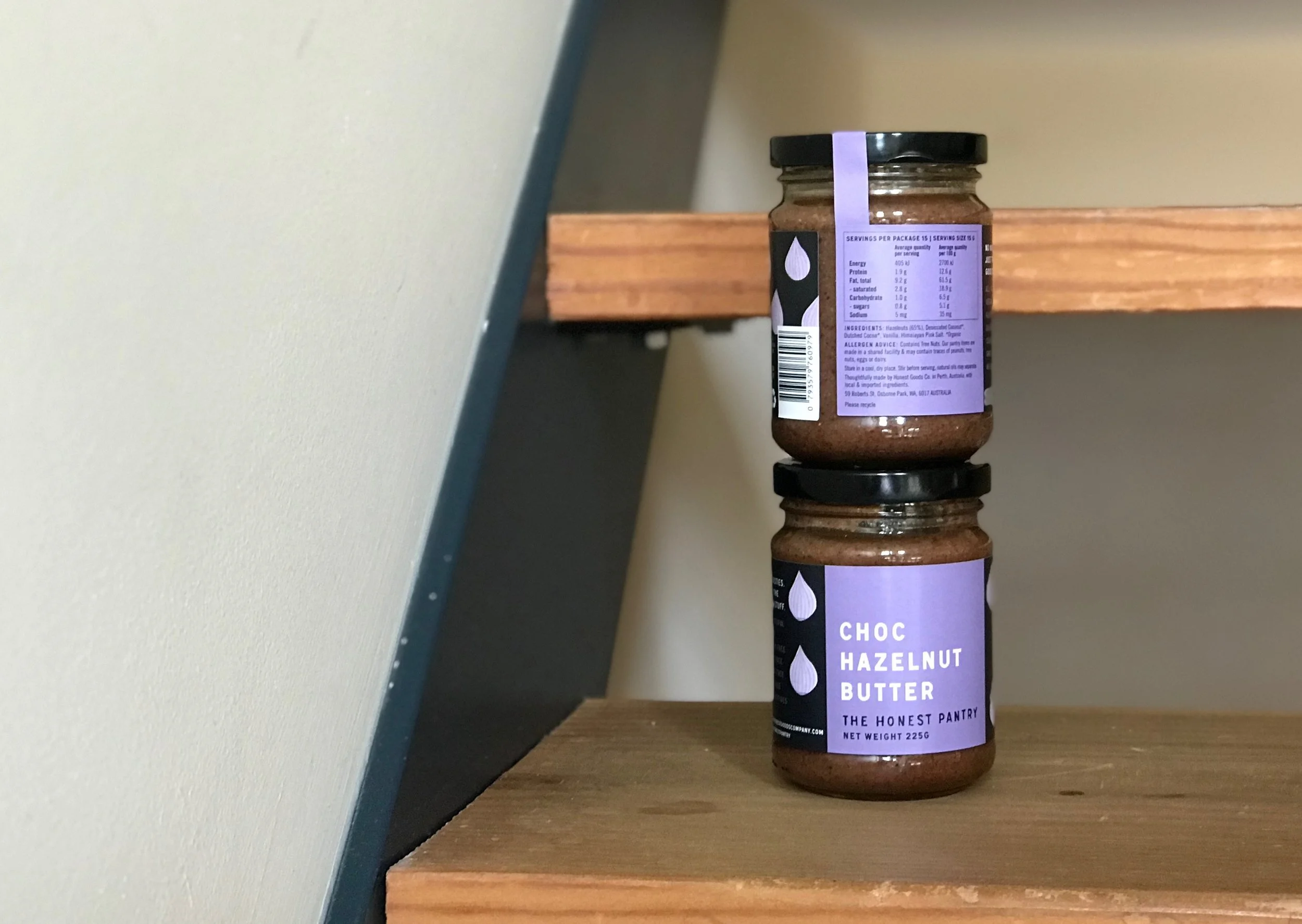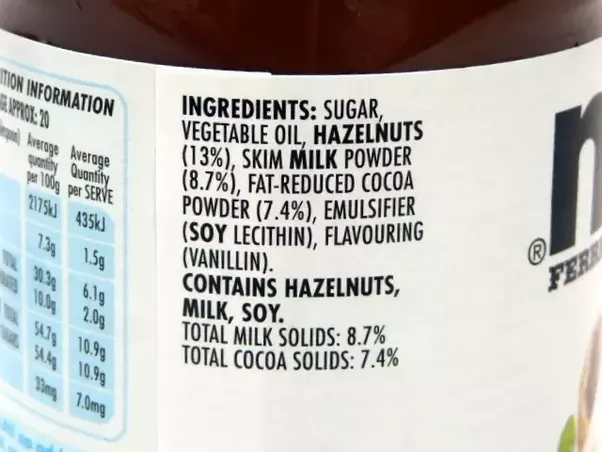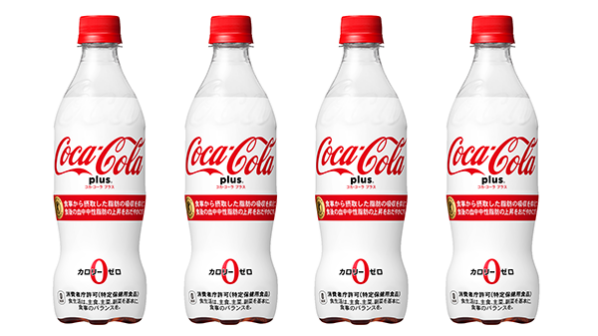In a world where Coca-Cola can market a variation of its famous drink as containing dietary fibre (more on that later), food labels can be mystifying for the average person just trying to choose something decent for dinner. For sure, anyone moving away from highly processed foods to a more 'real food' focused diet will be spending more time in the fresh produce section (or even better, at farmers markets) but most of us still need to make a few trips down those middle aisles. We've pulled together some of the 'need to know' basics to help you decipher food labels so you can make educated choices about what makes it into your shopping trolley.
1. Ingredients
Australian guidelines dictate that producers must list ingredients in order of greatest to least by weight. So, for example, the main ingredient in our Honest Pantry Choc Hazelnut Butter is hazelnuts, so they come at the top of the list. Salt is last on the list as one jar contains only a pinch. As a rule of thumb, the fewer ingredients the better, as it suggests that the food product is less processed. Also keep an eye out for numbers (eg: Yellow #5 or E124) and incomprehensible scientific compound words like butylated hydroxytoluene or monosodium glutamate (otherwise known as MSG). It would take another blog to unpack additives and their risks/effects so we won’t get into it here, however this is a handy resource to check out if you’re interested in delving deeper.
The ingredients list of a famous chocolate hazelnut spread which rhymes with patella. Note that sugar is the #1 ingredient, while hazelnuts don't even make it onto the list til #3, and cocoa at #5.
The Honest Pantry Choc Hazelnut Butter. Note that hazelnuts come in at #1 (65%) while sugar doesn't even make it onto the list.
2. Number of Servings
The number of servings in a package is decided on by the company that produces it. Ideally, companies use a combination of common sense and nutritional advice to determine how many servings are in one package, however as this is not tightly regulated, some companies can be a bit tricksy. By breaking a package’s contents down into unrealistically small servings, a company can get away with giving the impression of ‘low sugar’ or ‘minimal carb content’ per serving. If the label suggests 8 servings but you would likely only get 2 servings out of it, multiply all the single serving nutritional advice by 4. On the flip side, bear in mind that if a package suggests 10 servings, it’s probably not advisable to smash through it all in one sitting.
Decoding a Nutrition Panel, via www.betreatwise.info
3. Use By vs. Best Before
Same same? Actually no, they’re different. Best Before is about quality - this product will taste better before this date. It’s still ok to eat after the Best Before date has passed, it just won’t be as good. Use By is about food safety - this product is no longer safe to eat as of this date. It is illegal for a shop to sell a product after the Use By date has passed.
4. Free Range vs. Pastured vs. Grass Fed
This is a complex area so we’ll just give you the SparkNotes version. First of all, these terms all apply to animal products, a broad category that includes milk, butter, eggs, pork, beef, chicken, broth and so on.
Free Range: the animals have access to outdoor areas for at least some time during the day. The variation in actual conditions of free range farms is considerable and has devalued the term somewhat. Ideally, if you can buy free range products from a small producer (eg: at your local farmers market) you can quiz the seller on what the conditions on their farm are like and see for yourself if they’re up to scratch. The RSPCA goes into some of the issues and definitions around free range here.
Pastured: As the bar for free range certification becomes lower, 'pastured' looks to be the new free range. Pastured animals spend considerable time foraging, grazing or snoozing in open fields and paddocks. They may sleep in mobile coops or in barns overnight, but they are never caged. Often, pastured animals are grass fed, but they may also be fed grain, so if you’re interested not just in the animal’s quality of life but also in what it eats, look for the next label …
Grass Fed: Literally, fed on grass instead of the typical feedlot diet of industrially produced grain. In his book In Defense of Food: An Eater's Manifesto, Michael Pollan said, “you are what you eat eats,” which is to say that cows fed on mono-cultured, pesticide-laced grain will produce milk of a different quality and taste to that of cows fed on grass in a paddock.
Adorably, pasture raised hens are often guarded by Maremma dogs during the day. These Italian sheepdogs are very protective of their avian charges, and some even choose to sleep in amongst the chickens at night. Photo via ABC Landline, Prue Adams
5. Certified Organic
There are multiple government-approved Organic Certification bodies in Australia, all of which differ slightly in the standards that they uphold for producers. This makes it a bit tricky as a consumer, as you’re not just looking for one certification logo, and it can be unclear as to what each logo actually means.
Australian Organic Certification logos via www.sustainableshopper.com.au
In short, though, any product with a Certified Organic logo should be:
- Free from chemicals or GMOS, both in the product itself and in the farming environment that produced the product or its ingredients;
- Minimally processed, if at all, and;
- Farmed sustainably, or made from ingredients that were farmed as such.
Australian Certified Organic has a handy industry guide that you can download here.
6. Health Claims
Take health claims plastered over packages with a grain of proverbial salt. The old duck test can come in handy when applied to junk foods or typically 'naughty' foods marketed as having health benefits. Take Coca-Cola's 'Plus' range, a no-calorie drink with five grams of indigestible dextrin (a source of dietary fibre) per 470ml bottle. Launched un-ironically as part of Coca-Cola Japan's portfolio of Food of Specified Health Use drinks, Coca-Cola Plus looks like Coke, tastes like Coke smells like Coke ... so for all intents and purposes, it may as well be Coke.
Coca-Cola Plus, with added dietary fibre via www.coca-colacompany.com
Finally, bear in mind that the healthiest foods are often the ones with no label at all. Shopping at your local growers market will expose you to new varieties of fruit and veg and you'll be able to talk directly with the people who grow and make the food you're buying. Check out this list of local growers markets that The Urban List Perth put together to find your closest market, or come visit us at Subi Farmers Market - we're there every Saturday!








